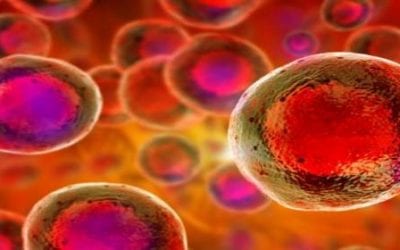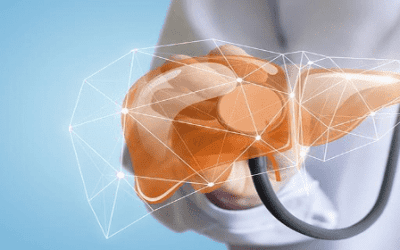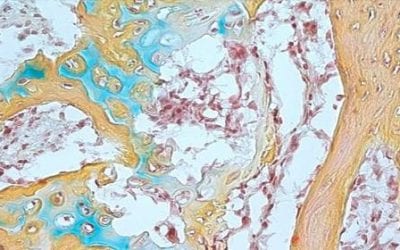Stemedix Regenerative Medicine Research and Health Awareness Blog
Stay up to date with the latest developments in regenerative medicine research and treatment. Subscribe to our newsletter.
Parkinson’s Disease May Go Beyond Just Dopamine
Parkinson's disease is a progressive neurodegenerative disorder that causes tremor,rigidity, changes in facial expression, and several other symptoms. Whilesufferers usually retain their full cognitive abilities and memory, they tendto be impacted in mood and some...
7 Tips for Enjoying Healthy Holidays
The holiday season is often seen an opportunity to indulge, so wellness typically isn’t the first thing that comes to mind this time of year. While there’s nothing wrong with enjoying some sweet treats and rewarding yourself for a year of hard work, now is still a...
Are There Benefits to Fasting Before Stem Cell Therapy?
Stem cell therapy is used for a broad range of applications, including the treatment of injuries and chronic conditions. Before undergoing this form of therapy, many patients are naturally inclined to explore any possibilities which could enhance the effectiveness of...
Fact or Fiction: Stem Cells in Aesthetic Surgery
The effects of aging can present themselves in various ways. Sagging, discolored skin, wrinkles, and a loss of fullness and vibrancy around the face and neck are all signs of aging. These obvious signs of aging are partially caused by aging stem cells in the skin....
Mesenchymal Stem Cells Improves Liver Function in Liver Failure
Liver failure is a serious, potentially fatal condition in which large swaths of liver cells become dysfunctional and die. Liver failure is the result of several conditions including chronic alcohol consumption, exposure to drugs that are toxic to the liver (e.g....
Can Hyaluronic Acid Help You Manage Osteoarthritis?
Hyaluronic acid is a naturally-occurring lubricant made by the body to help cushion joints and support a free range of motion. This lubricant can thin over time, resulting from conditions such as injury, obesity, and even natural aging. It manifests as osteoarthritis...
Scientists Have Discovered Skeletal Stem Cells in Humans
The human skeleton is made up of bone, cartilage, fat, nerves, blood vessels, and bone marrow. While the skeleton is usually strong and vibrant in youth, it changes considerably with age. Many people, especially women, experience demineralization of bone called...
Can Physical Therapy Boost Stem Cell Therapy Results?
Regenerative medicine seeks to restore the functionality of cells, tissues, organs, or genes. In particular, stem cell therapy is among the most promising forms of regenerative medicine. This is due to the fact that stem cells are not specialized cells and can,...
The Value of Perinatal Stem Cells in Treating Conditions
Perinatal stem cells have been attracting attention globally in recent years due to their potential in regenerative medicine. These stem cells come in many forms, due to the wide variety of potential sources for these cells. Perinatal stem cells, for instance, may be...
Adipose-Derived Stem Cells as an Anti-aging Treatment in Aesthetic Medicine
Although all living organisms experience aging, scientists have relatively little understanding of why aging occurs. The leading theories on aging suggest that living creatures sustain damage to their DNA through exposure to ultraviolet light, toxins, or even the...
How Does MS Affect the Muscles?
Multiple sclerosis (MS) has widespread effects on the body. The disease is characterized by a breakdown of the protective cover surrounding the nerves, called the myelin sheath. When the myelin sheath is compromised, it makes it more difficult for the brain to...
How Human Adipose Tissues Can Help with Bone Organ Generation
Bone generally develops via one of two distinct mechanisms: intramembranous ossification and endochondral ossification. In the former case, mesenchymal progenitor cells directly differentiate into osteoblasts that form bone. In the latter case, the mesenchymal...













 St. Petersburg, Florida
St. Petersburg, Florida
